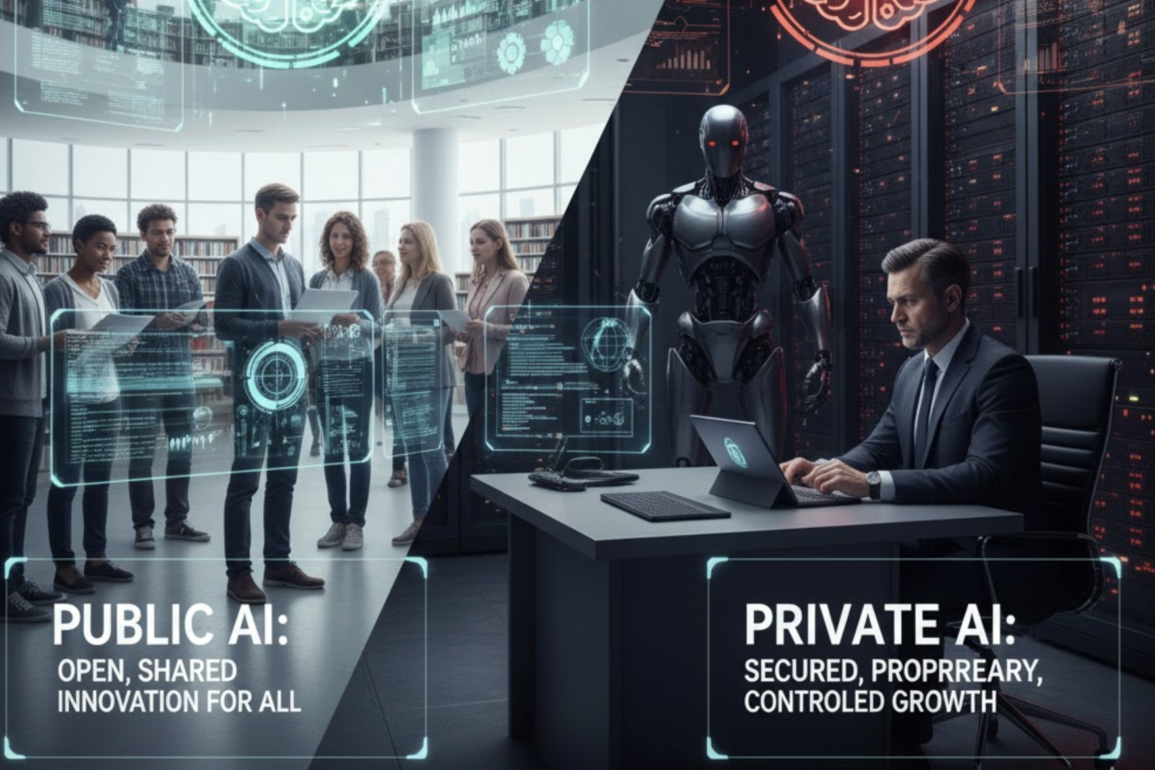Artificial intelligence has shifted from an experimental technology to an essential pillar of business strategy. Across industries, it drives automation, decision-making, and product innovation. But as adoption accelerates, many companies are discovering that the real challenge is not deploying AI—it’s managing the cost and control that come with it.
A new survey by Mavvrik, which examined 372 enterprise organizations, reveals how widespread that challenge has become. The report found that 85 percent of companies cannot forecast their AI costs within a 10 percent margin, and nearly a quarter overshoot their budgets by more than half. As corporate AI investment climbs—reaching $252.3 billion globally last year, according to Stanford University—organizations are confronting a new kind of crisis: one of financial unpredictability.
At the center of this debate lies a deceptively simple question—should companies rely on fast, public AI systems hosted by major tech firms, or invest in their own private, secure models?
Public AI offers speed, accessibility, and scalability. Private AI promises security, compliance, and control. But neither, on its own, can deliver everything enterprises need. This realization is driving many organizations toward hybrid models that combine both approaches. In fact, 61 percent of companies now run AI workloads across public and private environments, hoping to balance flexibility with governance.
“The debate over public versus private AI comes down to a simple question: Is your data an asset or a liability?” said Žilvinas Girėnas, head of product at nexos.ai, an enterprise AI platform. “When you feed proprietary information into a public model, you accept the risk that your most valuable asset could become a public liability. A private AI strategy flips that script. It treats your data like the crown jewels, allowing you to build customized, high-precision solutions in a secure environment where you control every input and output. That’s not just about security but building lasting enterprise value.”
The trade-offs between public and private systems touch on three deeply interrelated concerns: security, cost, and control. Security remains the most immediate dividing line. A Cloudera study found that more than half of all organizations cite data privacy concerns as the main obstacle to adopting AI. Public systems rely on general safeguards meant to protect millions of users, while private AI confines sensitive operations within closed networks designed to prevent unauthorized access.
Cost is another dividing factor. While public AI platforms are cheap to start, their pay-per-use pricing structures can produce volatile expenses as workloads grow. Private AI, though costly to build, allows for predictable budgeting that fits within traditional IT management.
Finally, control determines whether a company’s use of AI becomes a differentiator or a vulnerability. Public AI serves general audiences and offers few customization options. Private systems, by contrast, allow companies to train models on proprietary data, giving them insights and competitive advantages that cannot be easily replicated elsewhere.
“The companies getting this right aren’t choosing between public and private AI,” Girėnas said. “They’re building a portfolio that combines both. They use public models for standard tasks where speed and cost matter, and private models for their intellectual property where control and security are non-negotiable. The differentiator isn’t the technology itself—it’s having the governance framework to deploy each approach strategically.”
Girėnas argues that success in AI now depends on understanding data as both an opportunity and a liability. That means classifying data carefully before deciding how it should be used, maintaining visibility into costs across all AI systems, and embedding accountability into every interaction. In his view, governance—not algorithms—will determine which companies truly benefit from the AI revolution.
For now, the corporate AI landscape remains divided, torn between the allure of open, fast-moving innovation and the caution required to protect sensitive data. Yet as more organizations find their balance between public speed and private security, one truth is becoming clear: survival in the AI era will depend not just on how smart a company’s models are, but on how wisely it chooses where they live.
“AI isn’t just transforming technology,” Girėnas said. “It’s redefining how organizations think about value, trust, and control.”




